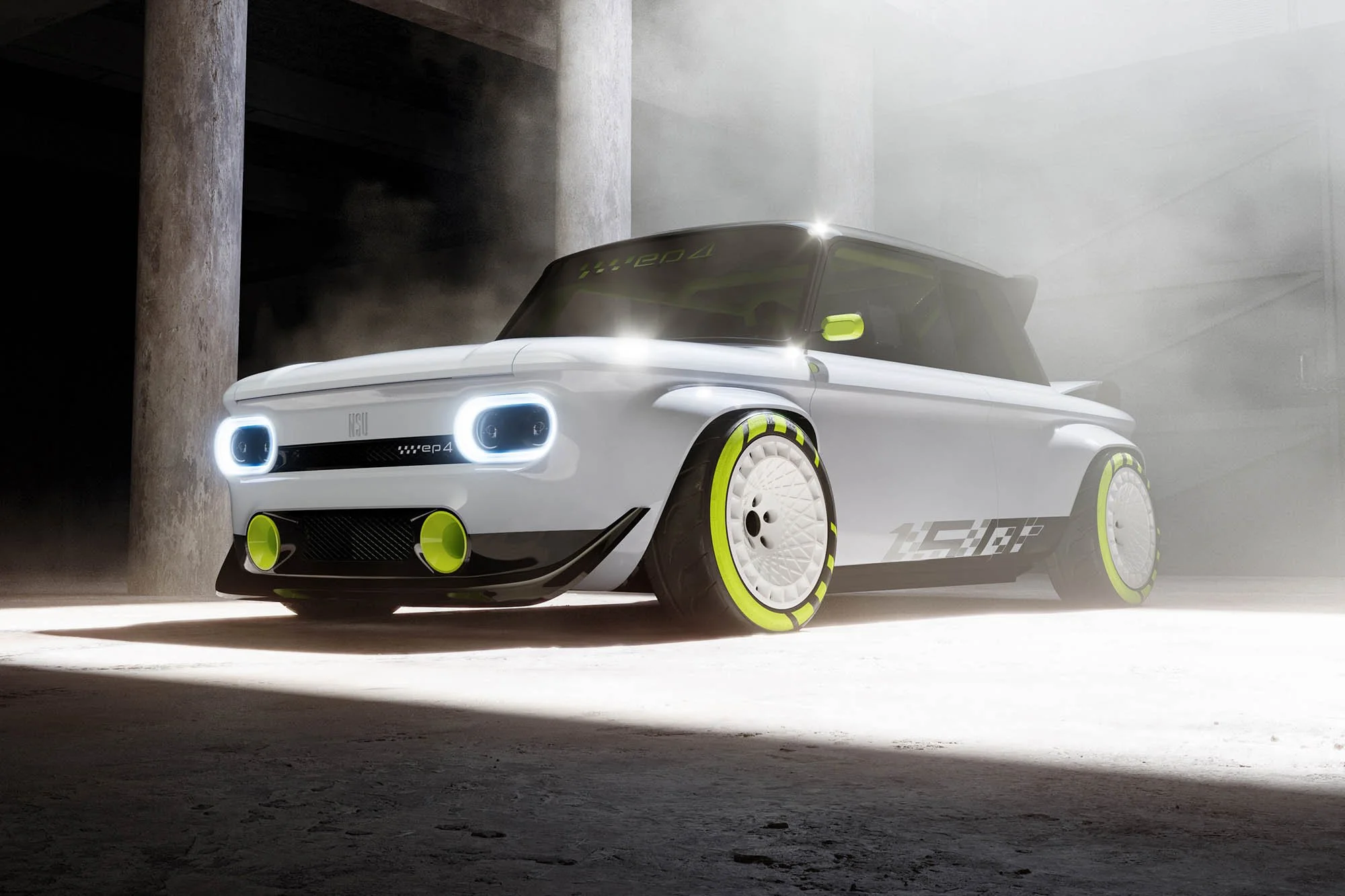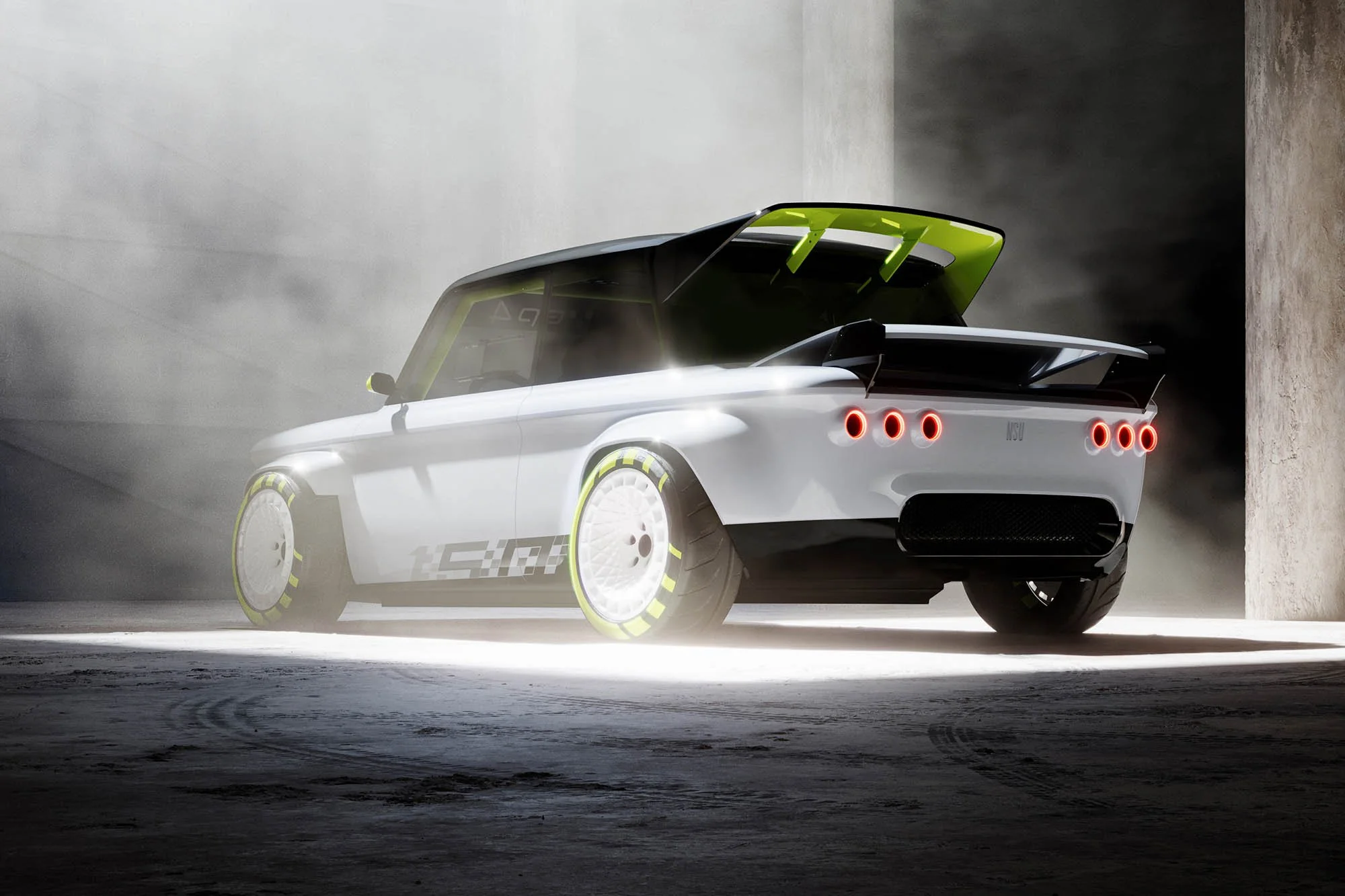Electrifying the past
To mark the 150th anniversary of the Audi site at Neckarsulm, twelve apprentices have electrified an iconic classic car from the brand’s automotive history. The trainees from the manufacturing, bodywork and painting courses proudly unveiled the EP4, "E" standing for electric drive, and "P4" for the NSU Prinz 4, a model produced at Neckarsulm by NSU Motorenwerke from 1961 to 1973.
The starting point was an NSU Prinz 4, originally built in 1971, which had been off the road for decades until its resurrection in January of this year. The apprentices awoke the Prinz from its slumber and fitted it with a new high-voltage heart. While the budding body and paint specialists tackled the classic car’s chassis and outer skin, the future automotive mechanics got to work on the powertrain, battery, and suspension. The rear of the car, where a two-cylinder petrol engine with 30hp once resided, was now home to a 240hp (176 kW) electric motor. It came from a 2020 Audi e-tron and getting its power from a battery from the plug-in hybrid Audi Q7 TFSI e quattro1.
The battery sits under the front bonnet, where the NSU Prinz once had its fuel tank. The electrified machine breathes cooling air through a wide air intake at the bottom of the bumper, while heat can escape through a large opening in the front hood. The tailgate also improves cooling and can be fixed in a half-open position. Thus, it reveals the electric power plant and is reminiscent of historic racing cars based on the sporty NSU Prinz 1000. Where a row of open carburetor funnels gave onlookers clues about the sporting intentions of these cars back then, the EP4 now displays its electric motor.
For the apprentices, it was clear that their EP4 should proudly show that it began life as an NSU Prinz. The historic elements, therefore, include not only the front and rear lights. The body from the 1970s also retained its characteristic shoulder and roof lines. The apprentices freed the sheet metal from rust and painted it in Audi colours Suzuka Grey and Brilliant Black. Accents such as the anniversary lettering "150" were applied to the side of the vehicle. The Signal Yellow roll cage makes for an eye-catching contrast in the interior. Apart from that, the interior, typical of a racing car, is reduced to the essentials; all other painted surfaces are black, with the occupants sitting in Recaro bucket seats.
Photos © Audi


